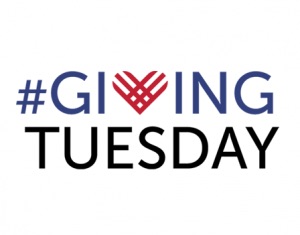Wellfie Wednesday Tip #87: Get Out of Your Circle
/Happy Wellfie Wednesday! Welcome back! This week is brought to you by Patrick, (@TheFuelPhysio) and warning, it seem like bit of a rant.
In the world (circle) of physical therapy, this past week was a big deal, we had our Combined Sections Meeting in New Orleans, LA, where over 17,000 PTs, PTA, and students poured into the city. With over 340 educational sessions and hundreds of expo venders spread over 3 facilities, there was certainly a lot going on downtown. But this was the problem that I and two other clinicians came to realize. Everyone was where they were “suppose to be.” Gathered around other clinicians, in their circle, learning and inspiring how to make change on the outside, but in a way just “talking” about making change on the outside.
What Jerry Durham, F Scott Fiel, and I came to realize is that we need to get outside of circle. And it wasn’t a hypothetical thought. We actually left the conference. We uber’d to a local chili cook off that we had learned about through other local involvements and dove into that community’s circle. We ate their chili, we danced to their live music, and we supported their fundraising efforts. And man were our eyes opened. This is how conferences should be done!
Our professions invade cities and communities, and yes we help their tourism and hospitality industries, but what about those underserved populations? The children? The homeless? This is where we need to go, especially those of us within the healthcare field. Quit talking about being on the outside and get out there!
And this concept of getting outside of your circle is much larger than a conference; it can be applicable to our own daily lives. Think of yourself or your immediate circle of family and friends. Do you explore outside of your circle? Are you experiencing life beyond what you know to exist?
Next year's conference will certainly be different; and the wheels are already turning to make that happen. But make the change in your own circle too. See what else is out there. Learn and grow from others you wouldn’t normally interact with.
Thanks again for all of the #WellfieWednesday support, be sure to post your pictures this week and tag the WW crew members in your post (@TheFuelPhysio, @Eric_in_AmERICa, @AaronPerezPT, @DianaKlatt, @kuhnalyssa_spt) and keep the wave of healthy change going!
- WW Crew









